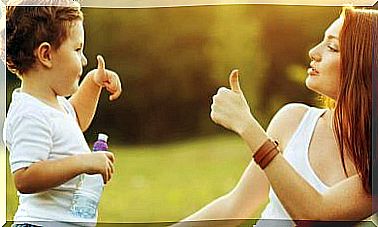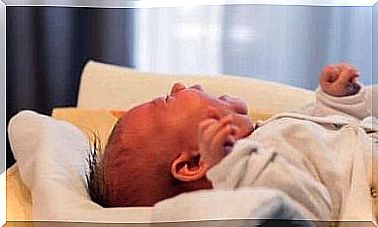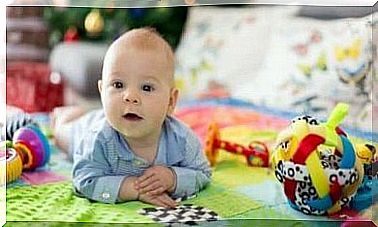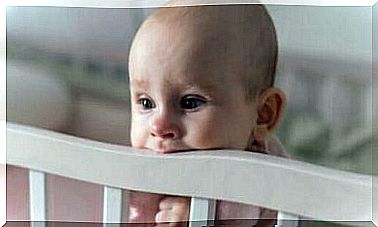4 Keys To Good Postural Hygiene In Children
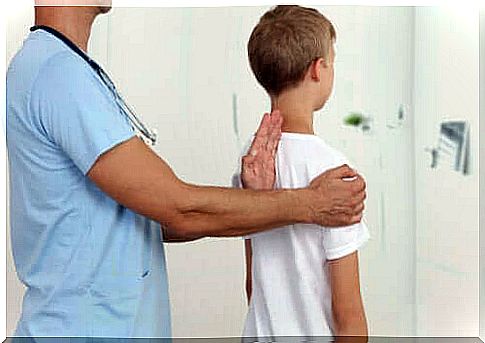
During early childhood, the child’s body develops at great speed. It is therefore the right time to observe them, guide them and learn how to take care of themselves. This is to prevent possible bad positions that could lead to future changes. Healthy habits and free movement should be considered as the most important axes to be incorporated and maintained throughout life. These are some of the keys to achieving adequate postural hygiene in children.
The posture is the way we organize and carry the different parts of the body. It is determined by several factors such as genetic and environmental factors. By adopting a posture and repeating it over time, we acquire posture habits.
From here comes the importance of providing physical education to children from an early age, because in the early years of life, the development of the central nervous system and musculoskeletal system deepens.
The motor development of the child proceeds in differentiated stages. In the first weeks of life, for example, a child has to keep his head straight. This is to be able to orientate it voluntarily. From the first months, the child gains muscle strength until it sits down and later crawls.
Around the age of one year they can get up to take their first steps. From the age of two to five, they improve their gait coordination, motor skills and knowledge of their own bodies. Here we will explain the four keys to achieving adequate postural hygiene in children.
Four keys to achieving adequate postural hygiene in children

1. Teach the child healthy habits
From the moment a baby is born, he begins to adapt to the environment, its caregivers and their daily habits and activities. From that point on, we need to be aware of how adult behavior affects child development and the importance of healthy habits for both.
The way we eat, how we interact, how we move, etc. will directly affect how the child will perform the same activities. So it is an opportunity to offer healthy food that is a good source of energy. In addition, we need to build clear and simple communication that adapts to the child. This allows us to better understand their needs at each stage. And of course we need to convey the value of being physically active.
Screen exposure is one of the most difficult issues to manage for many parents. It can be a major obstacle to achieving good postural hygiene in children. Because they become more and more intrusive, children remain behind screens for a longer period of time.
This ensures that they maintain the same position for a longer period of time, without moving. This leads to the child becoming accustomed to more sedentary behavior.
2. Facilitate the child’s free movement for adequate postural hygiene
Exploring is one of the ways the child gets to know the world. To do this, they need freedom of movement with regard to their clothing, the shoes they wear (barefoot as much as possible), and the space in which they are located.
There are countless devices on the market to position the little ones. These elements provide more comfort for adults. However, they deprive important opportunities when it comes to the movement of the child.
This doesn’t mean you should never use these devices, but it does mean you shouldn’t use them for extended periods of time. The priority should be to use the floor and modify it with the necessary elements to make it safe. Think of blankets or soft floors with toys or elements for the entertainment of the child, depending on his developmental stage. Always accompany the child without leaving it alone.
3. Encourage the child to play
Play is another way children discover their environment and is the best way to learn. It is a need that has different characteristics depending on the interests of the child, depending on their stage of development and environment.
Toys are a tool that allows you to learn while having fun. The child learns with his whole being, allowing him to develop his motor, emotional and intellectual areas at the same time. This promotes the development of coordination, body scheme and thus postural awareness.
4. Give children multiple incentives for good postural hygiene
The wealth of incentives lies in the variety of activities. And that is why it is important that caregivers at each stage can register the child’s needs and adapt to the objects and circumstances surrounding the child.

Therefore, it is essential to respect individual development times and not to force positions or postures that the child has not yet achieved alone. You should also not rush the child to stand or walk if they are not yet confident enough to do it themselves.
Prevention is the best medicine
Postural changes usually appear, or are at least detectable, around the age of six to eight, when the child enters primary school. By then, biomechanical imbalances have already been identified that could have been prevented with good postural hygiene.
Among the most common conditions are scoliosis, hyperkyphosis, and hyperlordosis. These are various abnormalities of the spine. Treatments are long-term and require an interdisciplinary team. All of this affects the child’s quality of life and emotional well-being.
From the time the child enters kindergarten, it is important to protect the spine by using a backpack on both shoulders or with wheels and that the weight does not exceed 10 percent of the child’s body weight. In the same way, furniture should be adequate and proportional. This is when you need to make sure the little ones are seated correctly in their seats.
That is why it is important that you start learning healthy habits from the first months of life. Allow free movement, encourage play and stimulate the child in various ways to achieve good postural hygiene. This will bring great benefits to their motor development, better muscle balance and consequently healthier postural habits and less aptitude for future changes.
